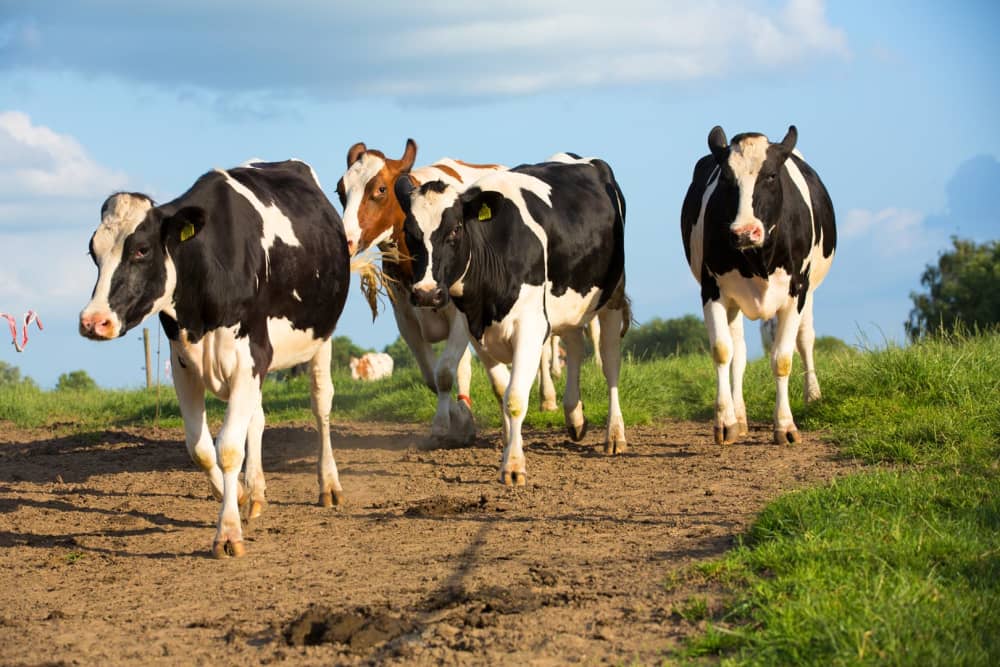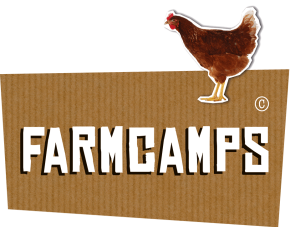
Farmer Kirsten's Blog - The Four Stomachs of a Cow
That farmer Kirsten from FarmCamps De Buitenhoeve knows a lot about making cheese, we already knew that! But of course, a good farmer also knows everything about cows. Because the milk to make those delicious cheeses comes from that beautiful animal. You may have heard that a cow has not one but four stomachs. They are also called ruminants. They stand in the meadow all day long grinding grass. What is the deal with a cow's four stomachs? Why does a cow have four and we only have one? Farmer Kirsten tells you all about it in this blog.
When a calf is born, it already has four stomachs. But only one works and that is the abomasum. That is the stomach that we basically also have. The abomasum has an acidic base and can therefore digest milk. The other three stomachs are activated when the calf starts eating coarse grass. Think of hay, alfalfa and straw, for example. These products sting a bit and that also gets the calf's other stomachs going. The cow's digestive system is therefore specially set up to digest this type of plant. We humans of course eat very different food, which is easier to digest. That is why we only need one stomach.
Mnemonic
A cow has four stomachs to make milk from grass. But what exactly is the order of these stomachs? There is a mnemonic for this, namely: PaiNtBaL. The capital letters in paintball indicate the following order: rumen, reticulum, omasum, abomasum. Handy, right?
How does it work exactly?
The rumen is the largest stomach with a capacity of approximately 200 liters. You could see this stomach as a basic stomach. This is a large storage tank where all the food is mixed and kneaded. When a cow is eating, all the food ends up in the rumen.
When a cow lies down nicely, she starts to ruminate. She burps up a mouthful of food from the rumen and then chews it 50 times. Then she swallows it, and when the food is small enough, it passes through the reticulum. The name says it all, this stomach looks like a net. If the food is small enough, it passes from the reticulum to the omasum.
The omasum looks like a book with pages. When the food passes the omasum, water and minerals are extracted. It then enters the abomasum where it is further digested and eventually ends up in the intestines.
During rumination and digestion, the cow can convert the grass and food into delicious milk, what remains in the intestines eventually becomes a big brown-green cow patty, flatssss!
Book your holiday
Do you want to know everything about cows? Then book your holiday on a real dairy farm. Here you will learn a lot more about cows!
Share this page
Farm life is this much fun
At FarmCamps, it’s all about being outdoors, cuddling the animals and enjoying time together. There’s always something happening on our farms, from milking cows to horse riding and roasting marshmallows by the campfire. See how much fun farm life can be!














